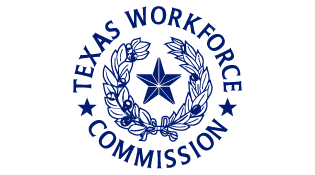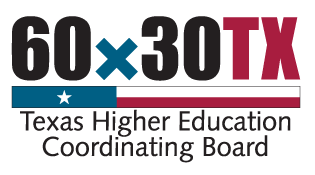When we heard that Texas OnCourse leader fellow alum Holly Moore increased her campus’ FAFSA completion by a whopping 21% in 2017–2018, we had to learn more! We interviewed her about her process and what she did differently than the year before. Holly is now a college counselor at Uplift Grand Preparatory but made this incredible progress while she was at Grand Prairie ISD in 2017. There were approximately 2,400 students at her school, and she worked with approximately 720 seniors each year.
Given the effect of COVID-19, we asked Holly for an update and how she’s changed her strategies for FAFSA completion in the virtual/hybrid world.
Start with the “why.”
This past year has been tough for many families. I try to educate them that completing the FAFSA is an important safety net for their student. Significant life events, such as a layoff, do happen. Completing the FAFSA now (in time for the January 15 priority deadline) ensures that the student can quickly make a correction and be considered for any aid that they may now qualify for. Many families may see or have seen a significant change in income from the taxes they filed in 2019 and now. When they complete the FAFSA, they’ll use the 2019 tax information and should contact each school's financial aid office to find out how to appeal based on a change in their family's financial situation.
Meet your students where they are.
They may or may not be in your actual classroom, so I recommend the following:
- Look into making YouTube videos that explain FAFSA and TASFA and videos that could walk families through completing the FAFSA, like this video that the Road to College and Career Team at Uplift created this year.
- Hold a Virtual Financial Aid Night.
- Talk to your school to find out when and where you could offer one-on-one appointments to ensure safe social distancing while walking families through the FAFSA/TASFA process.
- Reduce the back and forth emails or playing phone tag by using an online scheduling system like Calendly or YouCanBookMe.
- Send students and their families reminders to complete their financial aid application, via phone, text, or email.
Track progress.
Use a run chart to track FAFSA completion rates week to week. That way, you can see which tactics and events are helping students the most. I download this information directly from the Department of Education, but you can also use the ApplyTexas Counselor Reporting Suite or the TxCAN Current FAFSA Completion Detail.
Involve others in the process.
Financial aid officers from local institutions are still a great resource for presentations and question-and answer-sessions. They are happy to join your students and families via Zoom.
Become an expert.
Before the advising season begins, I refresh my knowledge. I use the FAFSA demo site to simulate applications of various scenarios. I also recommend that advisers and economics teachers complete the FAFSA module and the TASFA module in the Texas OnCourse Academy. These modules provide additional resources you can share with students and families. Finally, don't forget to check out everything you need to know to keep your students on track during COVID-19.






